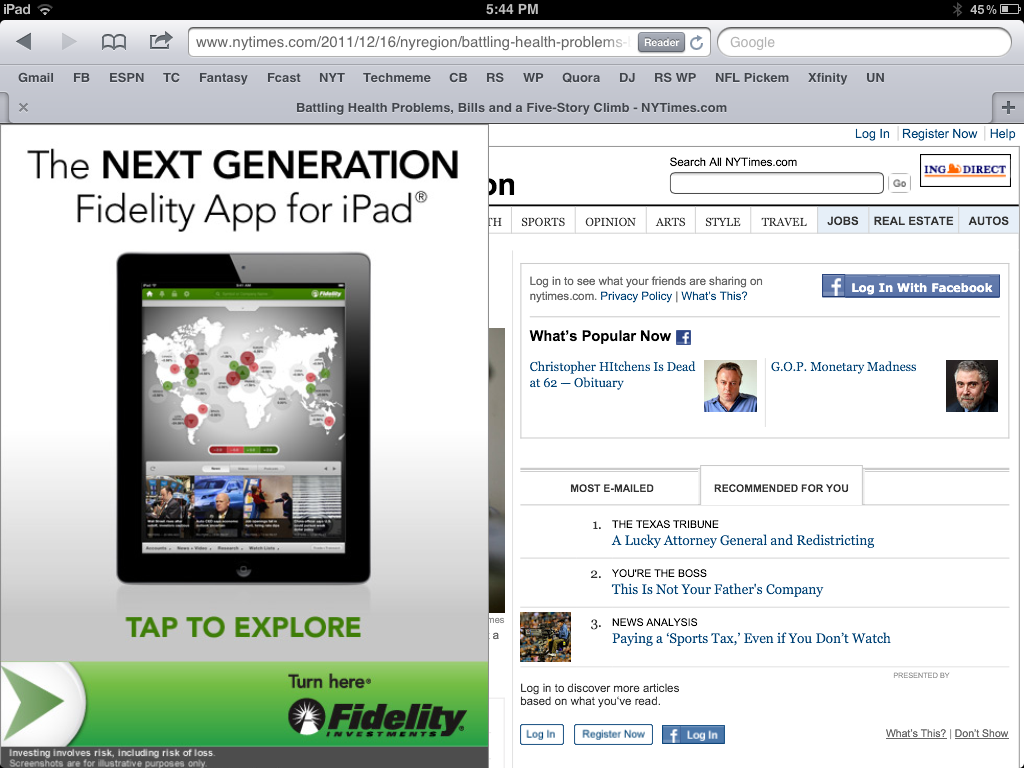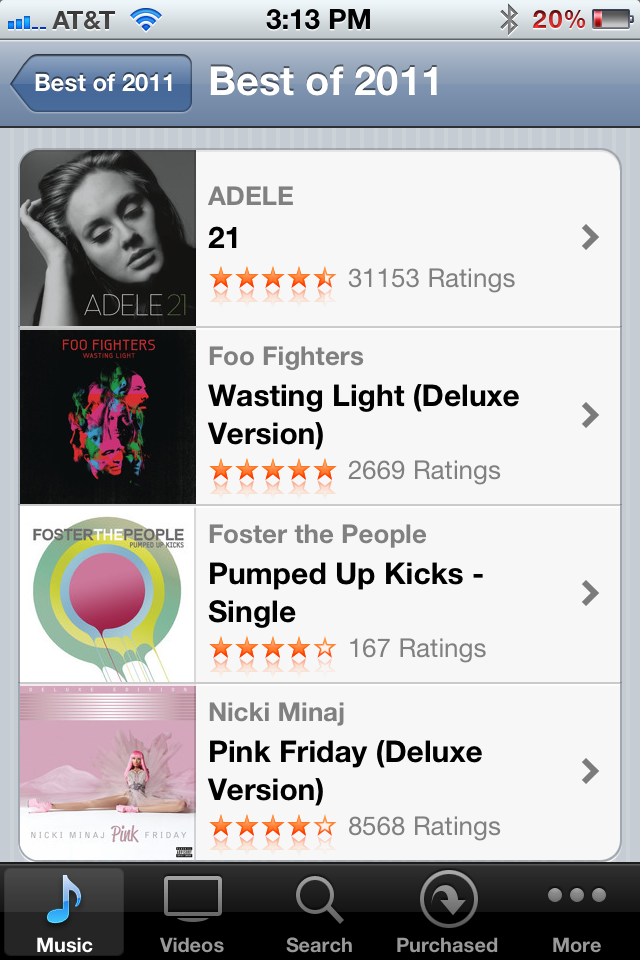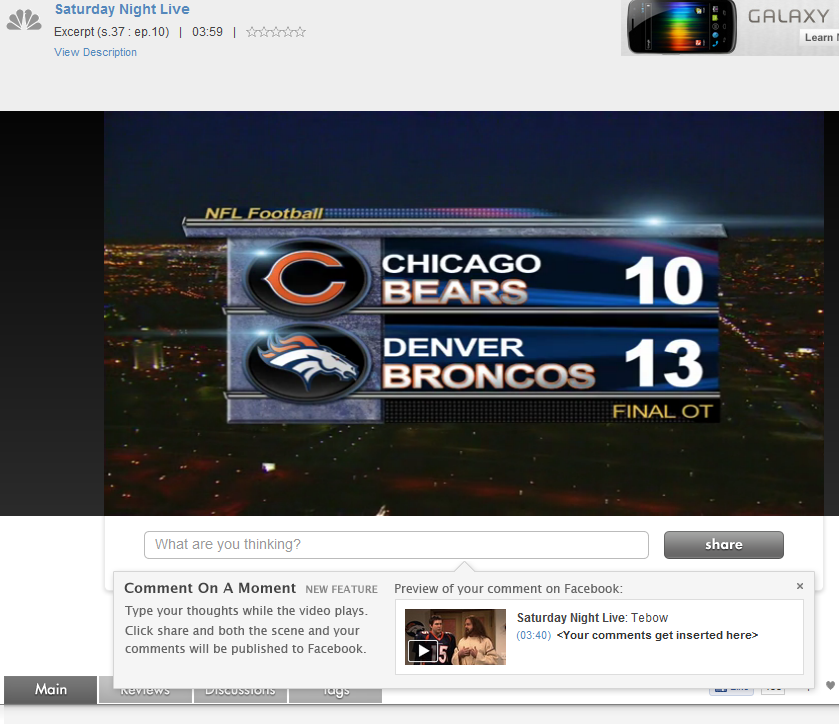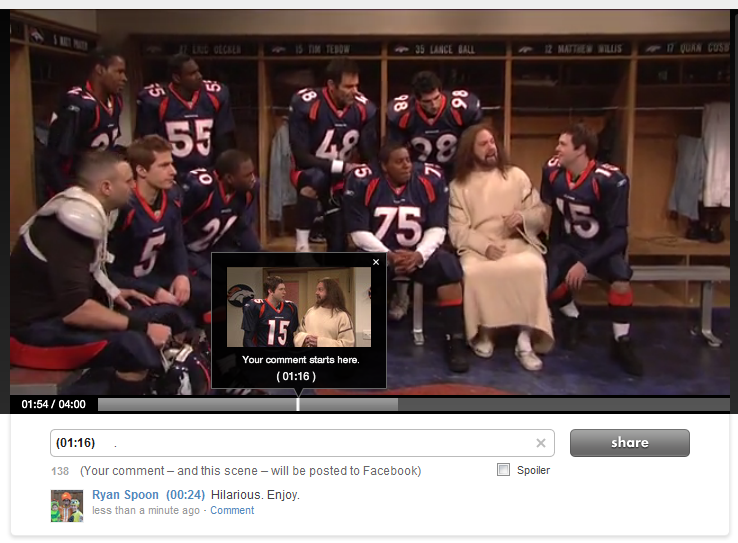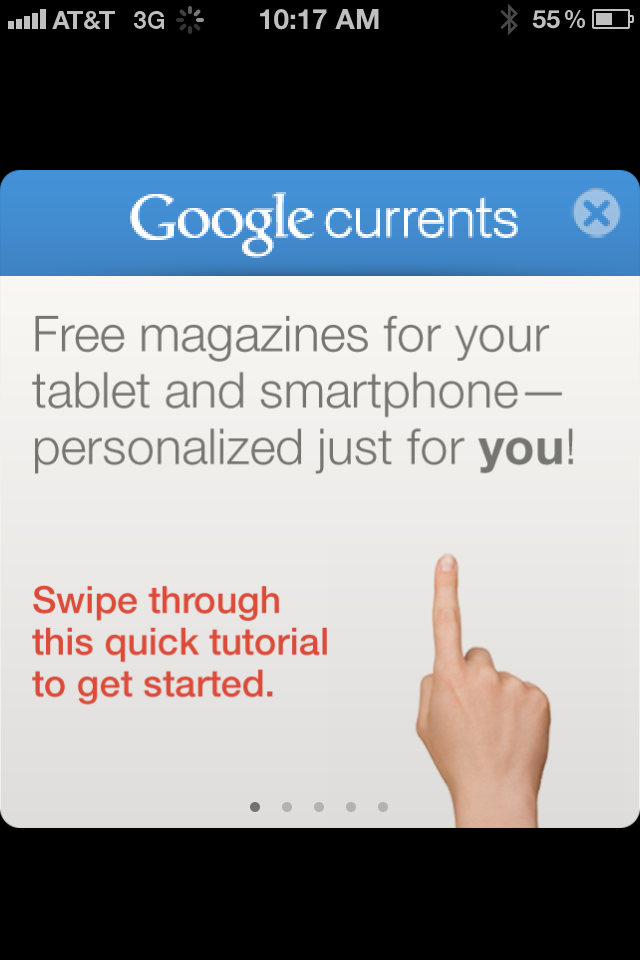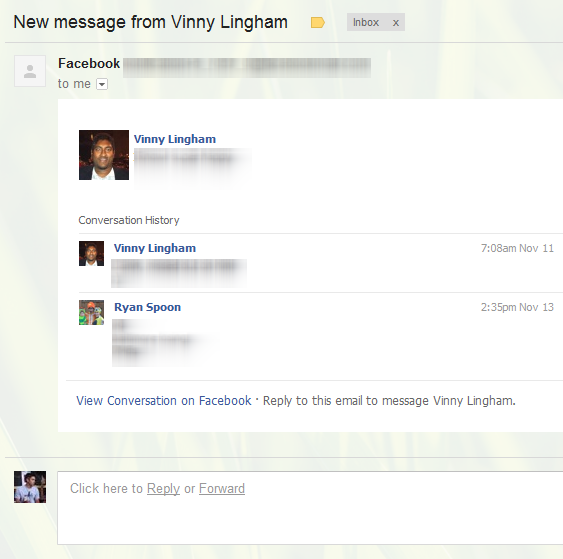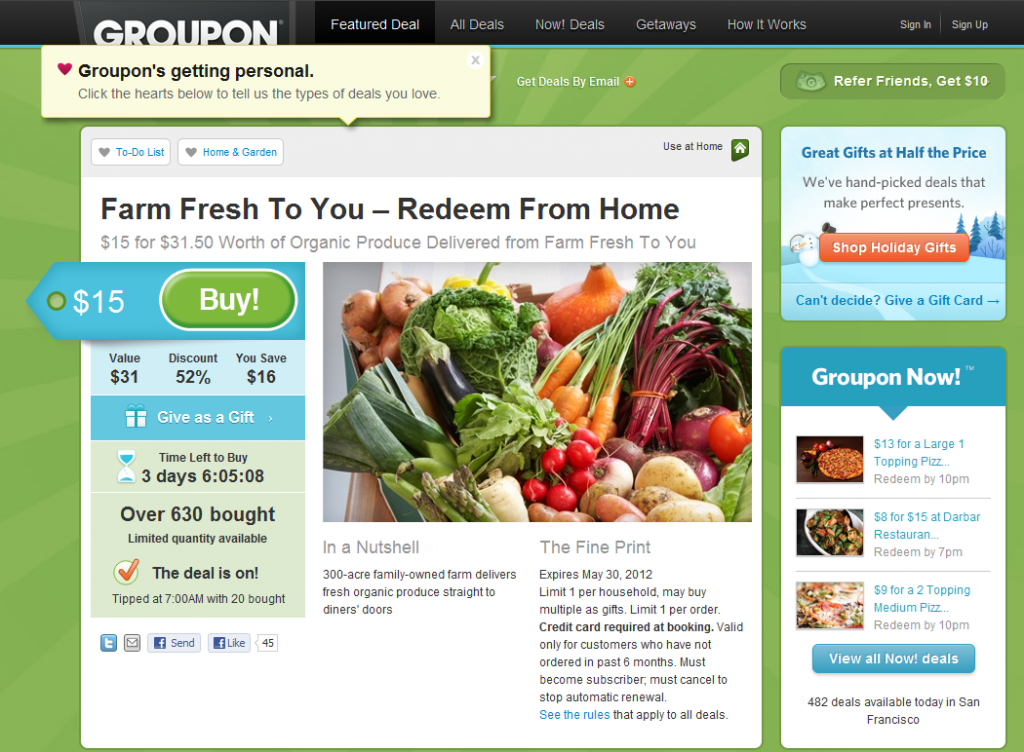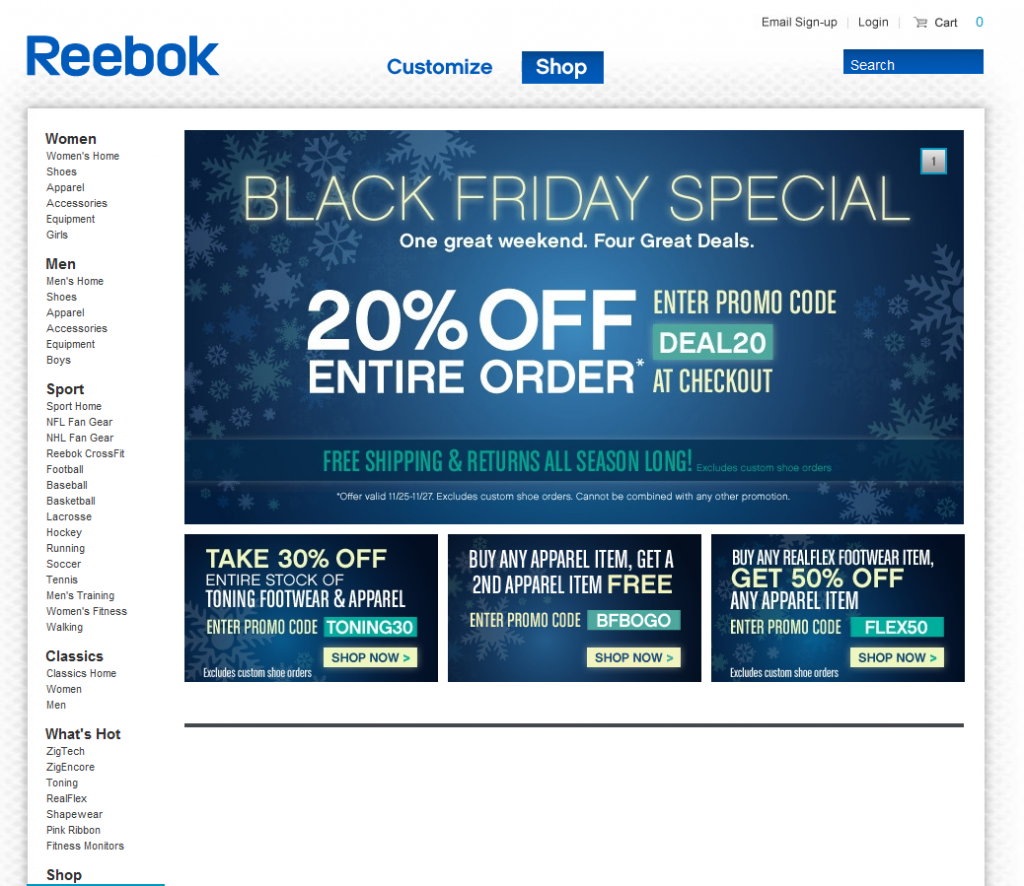I write frequently about how mobile web requires a different design and UI than traditional. Great example here. These are two *subsequent* screenshots from the New York Times iPad-friendly website. First, the NYT homepage is taken over with an American Express ad (albeit a really good looking, custom-built ad).
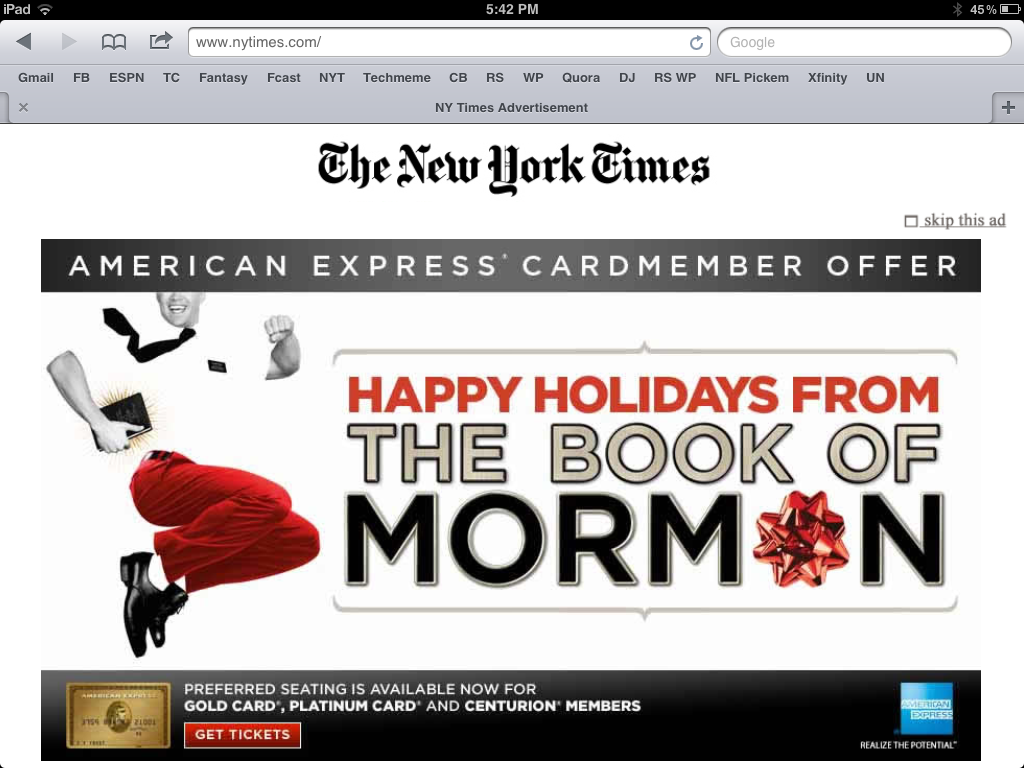
I can tolerate a page takeover. It's neither unique nor inexcusable (they have to make money on a free product). But, after it disappears and I click on an article - I get another takeover.
It too is custom (and I give them credit for that)... but that is two consecutive takeovers and, this last example, is remarkably annoying. It should at least appear on the right column so that I can read the article. Why preserve the social sharing screen for an article I haven't yet had the ability to read?
It's really shortsighted to sacrifice experience, reduce pageviews (both in this session and in the future) to increase eCPM for this specific visit. The eCPM will be terrific: two huge takeovers on my two pageviews... but I didn't even get to a third pageview. Is it worth it?
